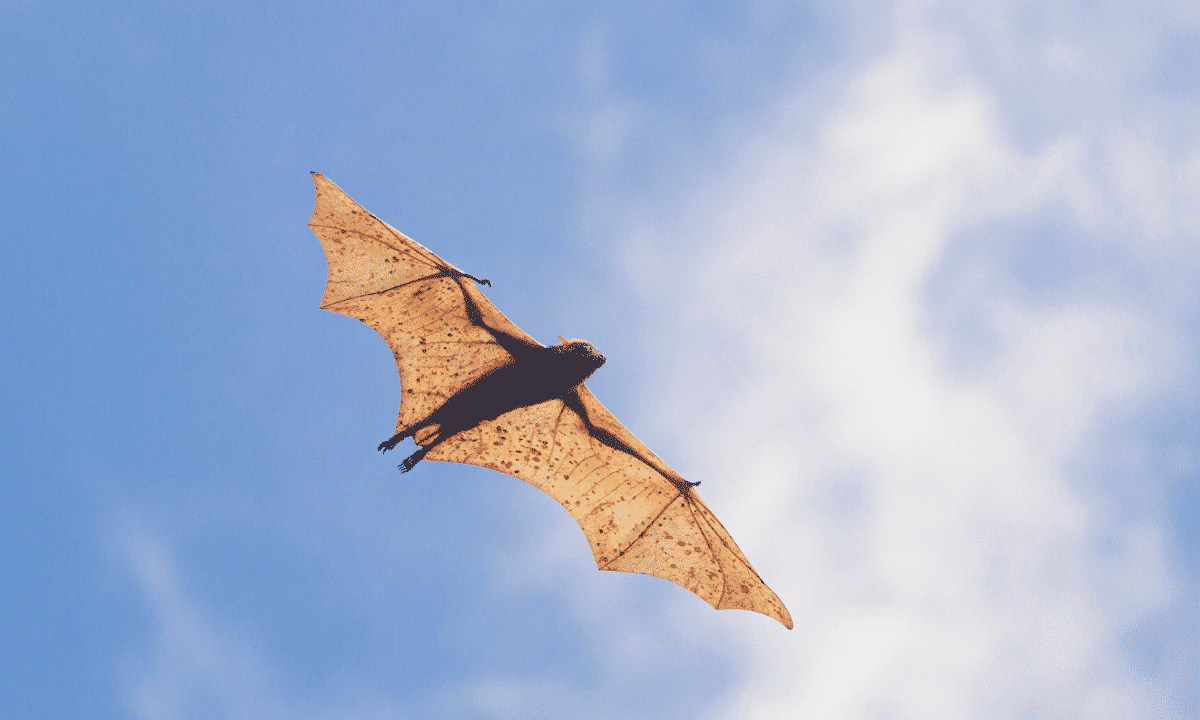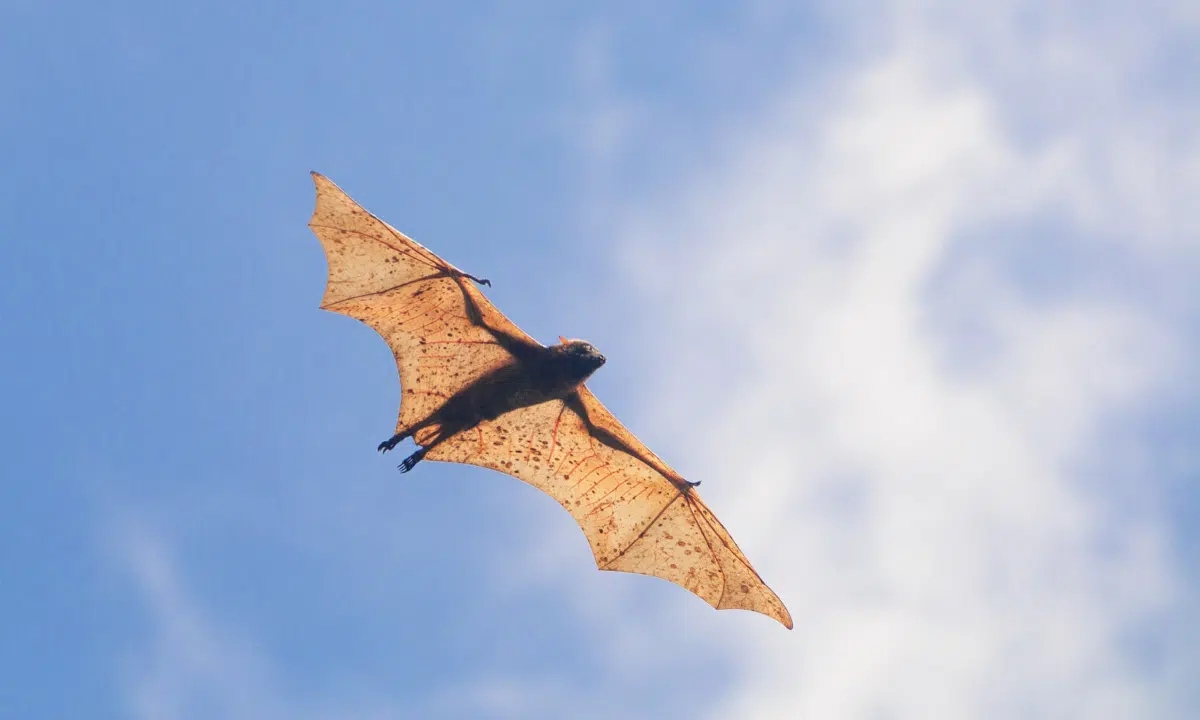Bats, mysterious creatures of the night, have fascinated humans for centuries. Among the myriad bat species, one stands out in sheer size and majesty – the giant golden-crowned flying fox. Prepare to be captivated as we unveil the intriguing details about this colossal bat, exploring its habitat, physical characteristics, behavior, diet, and lifespan. Join us on this journey into the enchanting world of the largest bat species on Earth.
The Gigantic Marvel
Topping the charts as possibly the largest bat globally, the giant golden-crowned flying fox commands attention with its impressive dimensions. Sporting an awe-inspiring wingspan of more than 5 feet, this flying fox is truly a colossal wonder of the animal kingdom. What’s even more astonishing is its weight, with some individuals recorded at a staggering 3 pounds, making it the heaviest bat ever documented.
A Touch of Royalty
As the name suggests, the giant golden-crowned flying fox owes part of its majestic charm to the distinctive golden fur adorning its head. This crown of gold not only adds a regal touch to its appearance but also makes it easily recognizable among the various bat species. Imagine a creature soaring through the night with a shimmering crown, a silent monarch of the skies.
Habitat
Found in the tropical rainforests of Southeast Asia, including the Philippines, Malaysia, and Indonesia, these giants prefer the lush canopies of primary and secondary forests. Suspended upside-down during the day, they form colonies in the treetops, creating a breathtaking spectacle for anyone lucky enough to witness it. The unique ecosystem of these rainforests provides the ideal backdrop for the giant golden-crowned flying fox to thrive.
Physical Marvels
Beyond its impressive size and regal crown, the physical characteristics of this bat species include large eyes adapted for low-light conditions, crucial for their nocturnal lifestyle. Their elongated fingers support the delicate wing membranes, allowing them to gracefully navigate the dense forest canopies. Contrary to common misconceptions, bats are not blind; instead, they rely on echolocation to navigate and locate their prey during nighttime flights.
Diet and Foraging
In the realm of diet, these flying foxes predominantly feed on nectar, fruit, and pollen. Acting as essential pollinators and seed dispersers, they play a crucial role in maintaining the ecological balance of their habitats. Picture these majestic creatures delicately sipping nectar from flowers. Their unique dietary habits contributing to the vibrancy and diversity of the tropical rainforests they call home.
Behavioral Wonders
As social beings, giant golden-crowned flying foxes often roost in colonies, fostering a sense of community. Their nocturnal activities involve intricate social interactions, communication through vocalizations, and the sharing of crucial survival information. Watching these bats take flight at dusk, their massive wings slicing through the air, is a spectacle that leaves a lasting impression on any observer.
Lifespan and Conservation
Despite their grandeur, these bats face challenges, primarily due to habitat loss and hunting. With a lifespan of around 20 years, the giant golden-crowned flying foxes are slow to reproduce. Thus, making them particularly vulnerable to population declines. Conservation efforts are vital to ensuring the survival of these magnificent creatures. Furthermore, with initiatives focused on preserving their natural habitats and raising awareness about the importance of bat conservation.

Wrapping Up with the Largest Bat Species
In the heart of the tropical rainforests, the giant golden-crowned flying fox reigns as a symbol of natural splendor. From its colossal wingspan to the golden crown that adorns its head, this bat species captivates with both its size and regal appearance. As we delve into the intricacies of its habitat, physical attributes, behavior, diet, and the challenges it faces, we are reminded of the delicate balance that exists in nature. Let us celebrate the magnificence of the world’s largest bat species. As well as work collectively to safeguard its place in the intricate tapestry of our planet’s biodiversity.
Thank you for following along with this article –
Next up in the animal kingdom:
- Bald Eagle Family Expand Their Nest In California - April 24, 2024
- Firefighter Saves Abandoned Kittens Found Cuddling In Hoses - April 24, 2024
- Dolphins Get High Playing Catch With A Pufferfish - April 24, 2024

